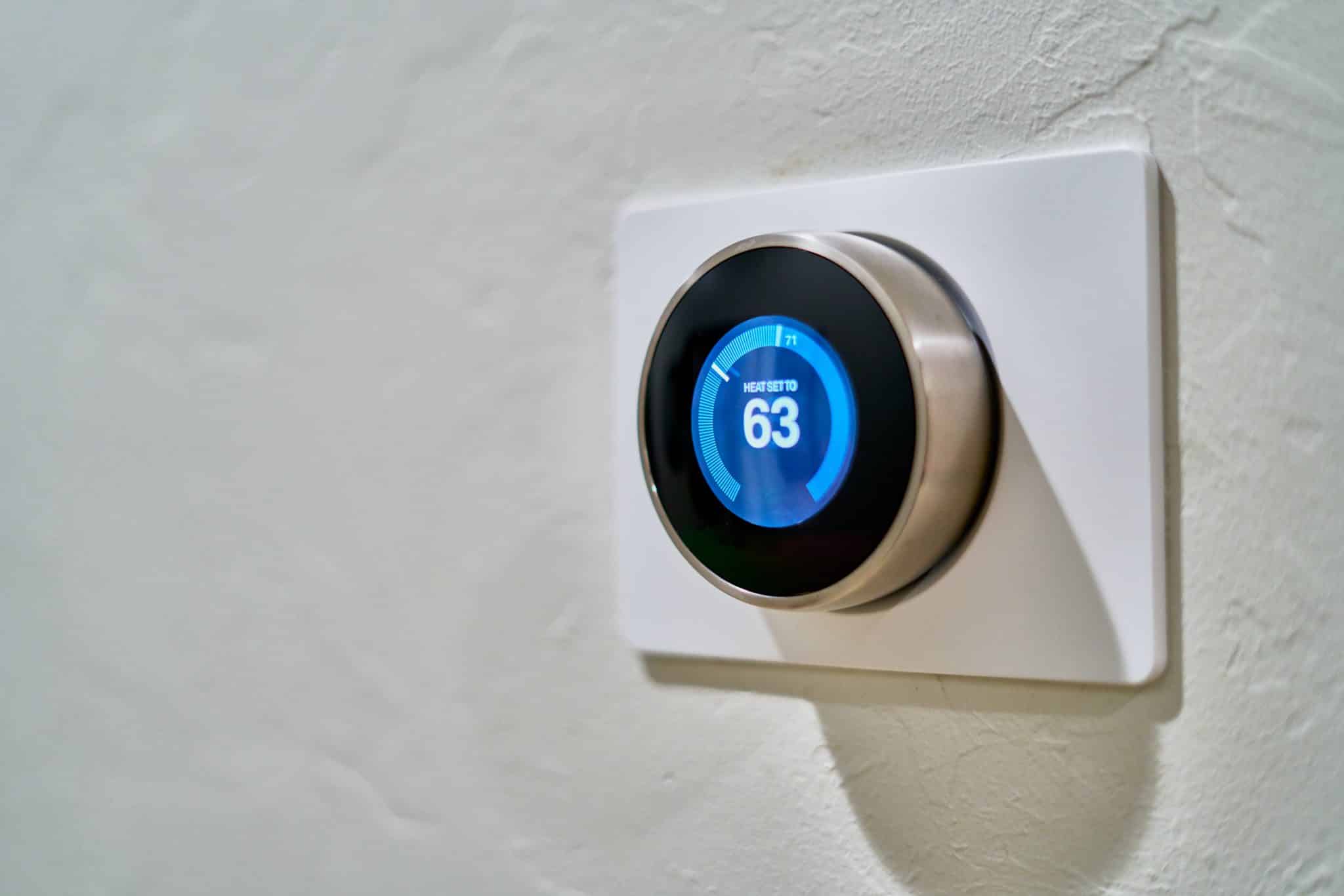
In the third and final installment of our Accounting for HVAC series, we will review the Balance Sheet and touch on key areas business owners should monitor on a consistent basis. Overall, the Balance Sheet for an HVAC company will be relatively straight-forward. Cash/AR/Undeposited Funds will likely account for the largest balances, with trucks/vans/vehicles and inventory coming next. We touched on deferred revenue in Part 1 of our series and will revisit it in this installment to evaluate its balance sheet impacts.
The Balance Sheet is often an intimidating and mismanaged item, but proper management and internal processes will save any HVAC company time and headaches.
Cash
For cash and bank transaction recording, company bank accounts should be linked to the accounting software. Bank transactions will then automatically feed into the accounting software and can quickly be categorized into the proper accounts. Rather than manually entering all transactions, this automated process saves accounting teams invaluable time during the month. It also makes bank reconciliation a breeze at month-end.
Undeposited Funds
Undeposited funds can often be a confusing account for business owners. This account is cash in-nature and tracks payments that have been made on invoices but have not yet been cleared within the firm’s bank account. For example, when a customer pays an invoice through the company’s ERP or payment processing system, this payment likely will take 1-3 days to clear your company’s bank account. However, when the invoice has been marked as ‘paid,’ the company ERP will make a journal entry debiting Undeposited Funds and crediting AR. The cash deposit amount will remain in undeposited funds until it is classified as ‘available funds’ by your bank, and then ultimately will be reclassified into your general bank account.
Inventory
Inventory can be a bit of a challenge depending on a company’s operating strategy. Pre-COVID, many operators wouldn’t hold any inventory because it was readily obtainable on the day of a job. However, due to supply chain issues and rising costs, some operators have decided it is best to accumulate and hold inventory to mitigate supply chain issues and to continue servicing customers. Equipment sales and install jobs drive the highest margins, so companies really can’t afford to be unable to deliver.
Since the total inventory on a small business’ balance sheet isn’t likely to be quantitatively large, the easiest inventory costing approach is specific identification. If the company has purchased substantial amounts of inventory, FIFO or Weighted Average will likely need to be explored, as well as an annual inventory count. A smaller operator is mainly purchasing inventory as a backup and won’t pull from inventory unless they are unable to purchase the equipment via supplier on the day of a job. Since there is not a lot of inventory movement, it is most practical to employ Specific Identification costing.
Fixed Assets
The primary fixed assets for HVAC companies are trucks/vans/vehicles. These assets need to be capitalized on the Balance Sheet and depreciated straight-line over their useful life period. Often, the acquirer has an existing depreciation policy in place, which eliminates any judgement in determining appropriate useful lives for assets; simply utilize the useful lives as specified in the policy.
It is also essential that a company establishes a minimum capitalization threshold. Any assets costing more than that threshold need to be capitalized to the Balance Sheet and any assets costing less than threshold should be immediately expensed.
Accounts Payable
It is important to establish internal processes and controls for bill entry, approval, and payment. This will ensure that bills are accounted for in the proper period and paid on time to avoid late fees. All bills should be recorded within the system based on when the services or goods were provided to your company, not based on bill date.
Deferred Revenue
The Deferred Revenue account on the Balance Sheet will likely be the area of greatest focus when instituting accrual-based accounting at an HVAC company.
Commonly, HVAC companies offer yearly maintenance plans to customers where, for a flat fee, customers are given a certain number of “free maintenance visits.” For the sake of this discussion, let’s stipulate that for $150 a year, a customer gets three maintenance visits. Prior to conversion, the $150 was likely being recognized as revenue upon collection, even though no performance obligations had been fulfilled.
Accounting guidance requires that each “visit” should be assigned a portion of the $150, which, for simplicity’s sake, should be the $150 spread evenly over the number of maintenance visits per the maintenance plan. Even if the visits are different types (say, 2 HVAC and 1 Plumbing visit per year), the argument should be made to split them evenly for expediency-sake, as it is substantially easier for accounting purposes (i.e., $50 assigned per visit, for a total of $150). This split should be made in the CRM tool and pushed through to the accounting system.
When a membership is sold, it will create a debit to cash and a credit to deferred revenue on the Balance Sheet. When a visit occurs, an entry will be made to debit deferred revenue and credit maintenance revenue. This can be a tricky process and should be monitored closely to make sure revenue is only being recognized when a visit occurs. Upon expiration of the membership, if a customer has visits remaining, the remainder of the deferred revenue should be recognized as revenue and the deferred revenue balance on the Balance Sheet should be $0.
Properly accounting for the deferred revenue process on an accrual-basis will likely take some time, depending on the length, volume, and complexity of the membership program. When you make the change in the CRM, it will apply only on a go-forward basis; there will still be a deferred revenue balance on the Balance Sheet from older contracts that will need to be recognized ratably on the P&L as revenue. This will need to be done manually via Excel and will be the biggest time commitment during month-end close, until all the old memberships roll off.
As a sub-category of these deferred maintenance plans, companies will often give a “free” year membership for newly installed systems. A portion of the revenue from the sale of the system will need to be set aside as deferred revenue and recognized in the same manner outlined above. This can be done through the CRM; work with the owner to setup their CRM system. Essentially, there will be a line item on the invoice for “Maintenance Plan” which will go to deferred revenue, and a second “Discount” line item for the same amount, which will go to a “Discount” bucket on the income statement. The deferred revenue will then be recognized over time as outlined above.
Equity
The Equity section of the Balance Sheet is often a mystery to business owners. In its simplest form, this section consists of capital plus retained earnings. Another way to look it this section is that it represents the residual value of assets minus liability (Asset – Liabilities = Equity). Equity balance enables the Balance Sheet to appropriately balance.
Owner distributions and contributions should be tracked within the Equity section. If there have been outside investors or the company was recently acquired, paid in capital will also be tracked in Equity. Lastly, net income must always “roll.” This means the cumulative, year-to-date Net Income for the period from the P&L should tie to the Balance Sheet.
That wraps up our CFOx Accounting for HVAC series. As you now know, there can be some complicated aspects to HVAC accounting, but if your company implements proper processes and enlists the help of an expert, your HVAC company’s accounting function will go from a headache to a strength.
If you would like to learn more about how we can help, please reach out via email (info@cfoxadvisory.com) or schedule a call via the Contact Us page on our website.
